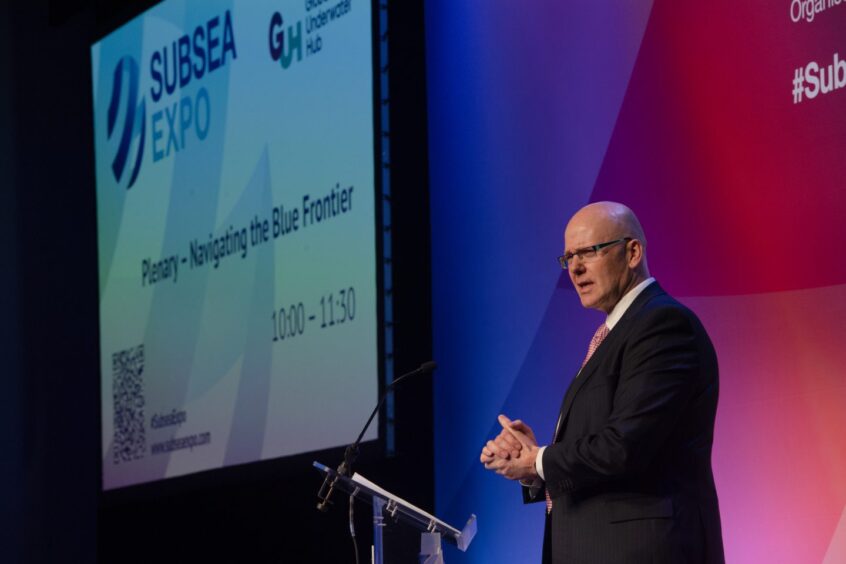
Subsea sector leaders are calling for greater industrial support and project surety to help them navigate the energy transition.
Speaking at the opening session of Subsea Expo 2024 in Aberdeen, Global Underwater Hub (GUH) chief executive Neil Gordon said the UK energy transition strategy had recently become a “political point scoring tactic”.
After emerging from the Covid pandemic and in the wake of the Russian invasion of Ukraine, Mr Gordon said the subsea industry had hoped to see clear policy positions from the government and opposition on energy security.
Instead, last year Prime Minister Rishi Sunak rolled back several government climate policies while Labour leader Sir Keir Starmer has defended proposed changes to the North Sea windfall tax and the party’s green investment pledge.
Mr Gordon said the confusion surrounding oil and gas and renewables investment made navigating the “unchartered territory” of the energy transition more difficult.
“That transition is now becoming a bit more of a political [point] scoring tactic as we start moving towards a general election,” he said.
“Unfortunately, the supply chain is caught in the middle of that transition.”
Mr Gordon said there needed to be a greater emphasis on the ‘transitional’ aspect of the net zero transition.
“We talk about the transition being the gap between where we were in oil and gas and where we want to be in new energy,” he said.
“What happens if we decrease the capability and the projects in oil and gas, is we decrease the capability in the supply chain.
“So when we come to delivering our green energies of the future we then haven’t got the capability.
“We want to try and close that gap and manage that gap much more carefully and sustainably.”
Subsea sector industrial strategy
Mr Gordon said the way to achieve a managed transition from oil and gas to renewables is through a more industrial focused strategy.
When it comes to offshore wind developments, Mr Gordon said project certainty and surety is also much more important than project visibility.
“We want to be sure when these projects are coming,” he said.
“Gigawatts of offshore wind in the future [are] great targets, but actually we want to see what’s happening the next 12 months.
“When are those FIDs (final investment decisions) going to be approved and when can we actually start bidding for them?”
Mr Gordon said floating offshore wind represented a “huge opportunity” for the UK subsea sector, particularly in subsea and dynamic cables.
However, Mr Gordon said the UK risked companies and skilled workers leaving for international opportunities without a firm project pipeline.
Navigating the blue frontier
With the conference centred on the theme of ‘Navigating the Blue Frontier’, discussions in the first panel focused on the challenges for the subsea sector in charting a course through the energy transition.
CCU International CEO and co-founder Beena Sharma highlighted the opportunities for the subsea sector surrounding carbon capture, utilisation and storage (CCUS) technology, but warned the UK risks falling behind international competitors.
“A lot of the time it does feel like other parts of the world are moving faster than us, although they started later than us,” Ms Sharma said.
Countries like the USA, through its Inflation Reduction Act, are beginning to attract companies from the UK and Scotland, Ms Sharma said.
Furthermore, Ms Sharma said the UK remained too focused on storing carbon and that there needed to be a greater emphasis on utilisation of captured carbon to create a “circular carbon economy”.
‘No transition without transmission’
Also appearing on the panel was XLCC CEO Ian Douglas, who outlined the company’s plans to develop a high voltage direct current (HVDC) cable manufacturing facility at Hunterston in Ayrshire.
Mr Douglas said XLCC should be seen as the “poster child” of the energy transition in the UK because of its investment in domestic manufacturing and its plans to build a 200 metre cable laying ship, the largest ever constructed.
The expansion of subsea HVDC cable infrastructure represented a significant opportunity for the wider subsea sector, Mr Douglas said, as well as significant challenges.
“Typically we’ll be spending quarter of a billion a year on protecting the cables we’ve installed,” he said.
“I’ve said many times, there will be no transition without transmission and transmission is one of the biggest challenges that we have in terms of making the energy transition work.”
Also appearing on the panel was SMI Group CEO Jenny Shaw, who said while SMI is currently 80% focused on the marine defence sector, it is increasing its investment in the emerging wave and tidal sectors.
The wave and tidal energy sectors are beginning to catch up after years of being “heavily disadvantaged” by the removal of ringfence funding the UK government’s Contracts for Difference (CfD) scheme, Ms Shaw said.
Other speakers in the opening session included DEEP president Sean Wolpert, whose organisation is seeking to “make humans aquatic” by investing in sea floor research stations, and Vicky Dawe from the Department of Energy Security and Net Zero.
The Subsea Expo 2024 continues on Wednesday, February 22nd, and Thursday, February 23rd at the P&J Live in Aberdeen.
Recommended for you


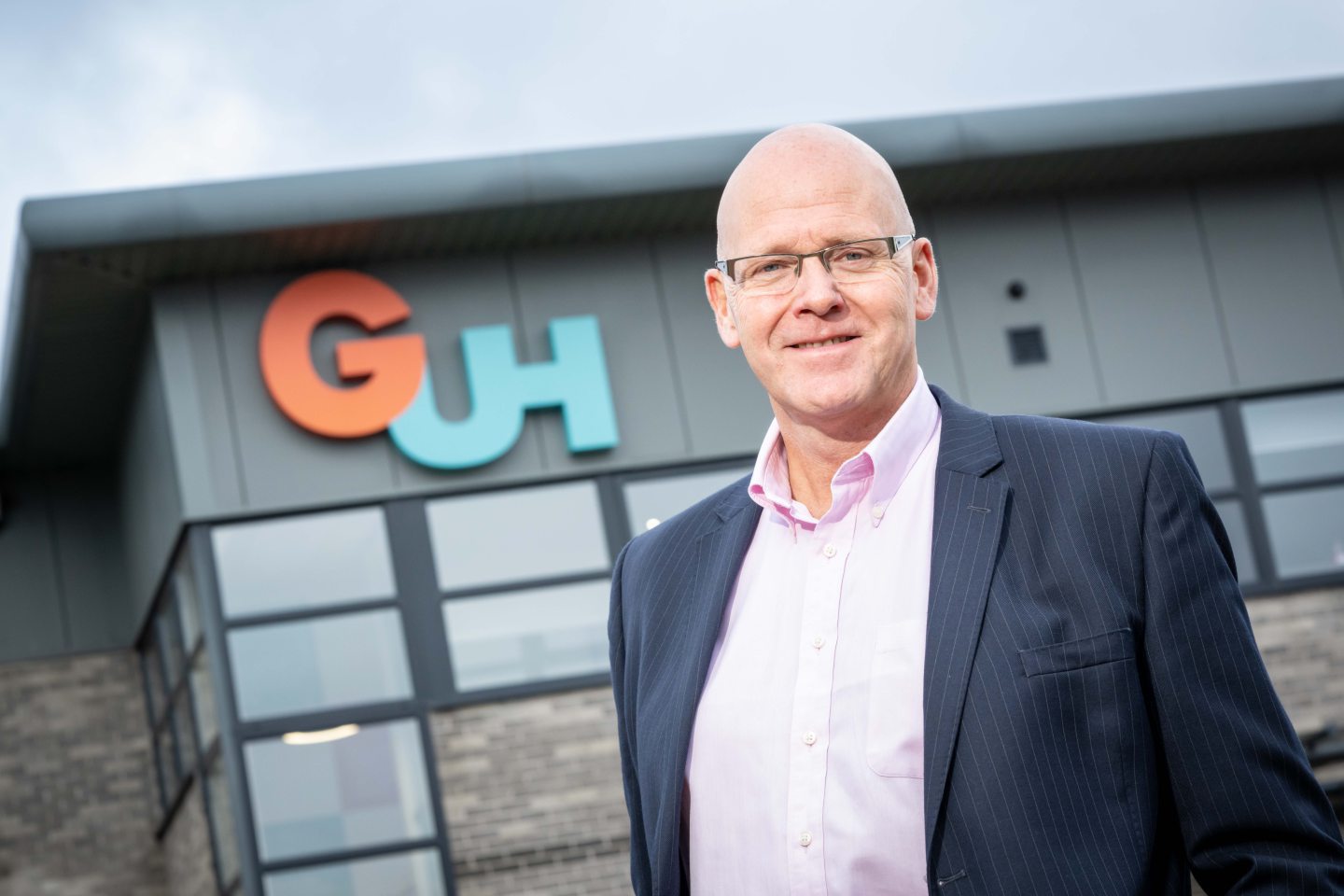 © Supplied by GUH
© Supplied by GUH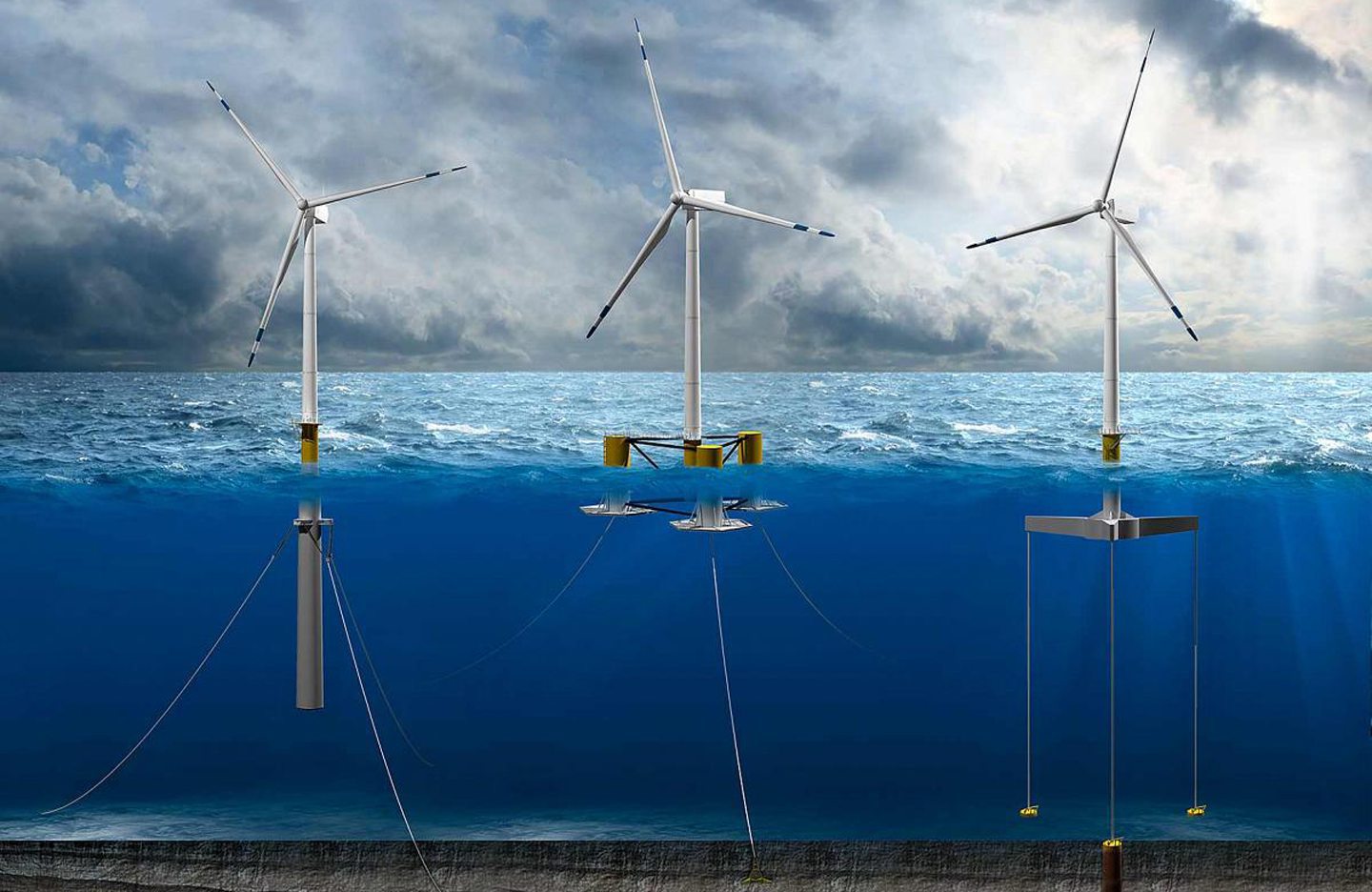 © Supplied by NREL
© Supplied by NREL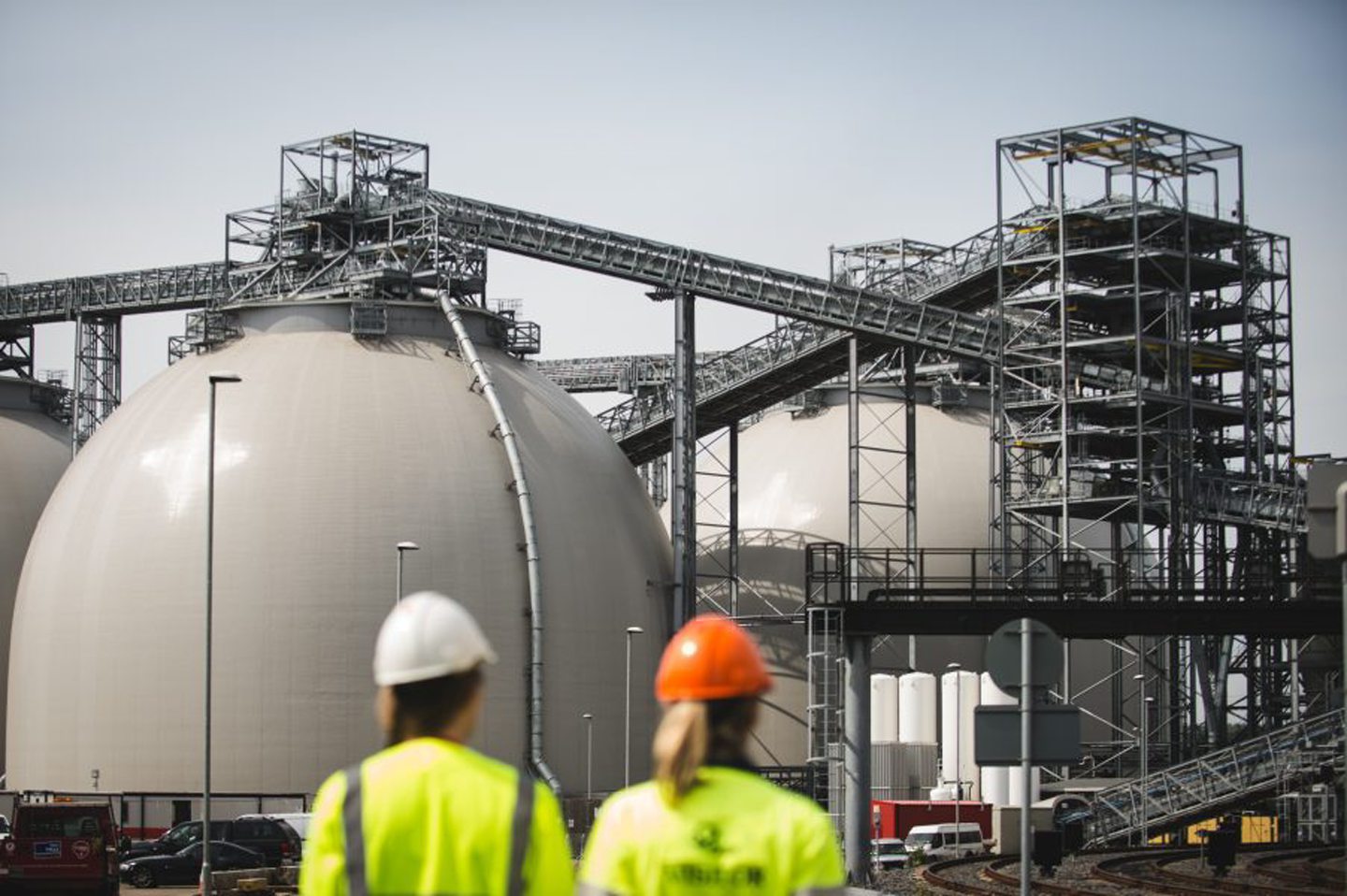 © Supplied by Drax
© Supplied by Drax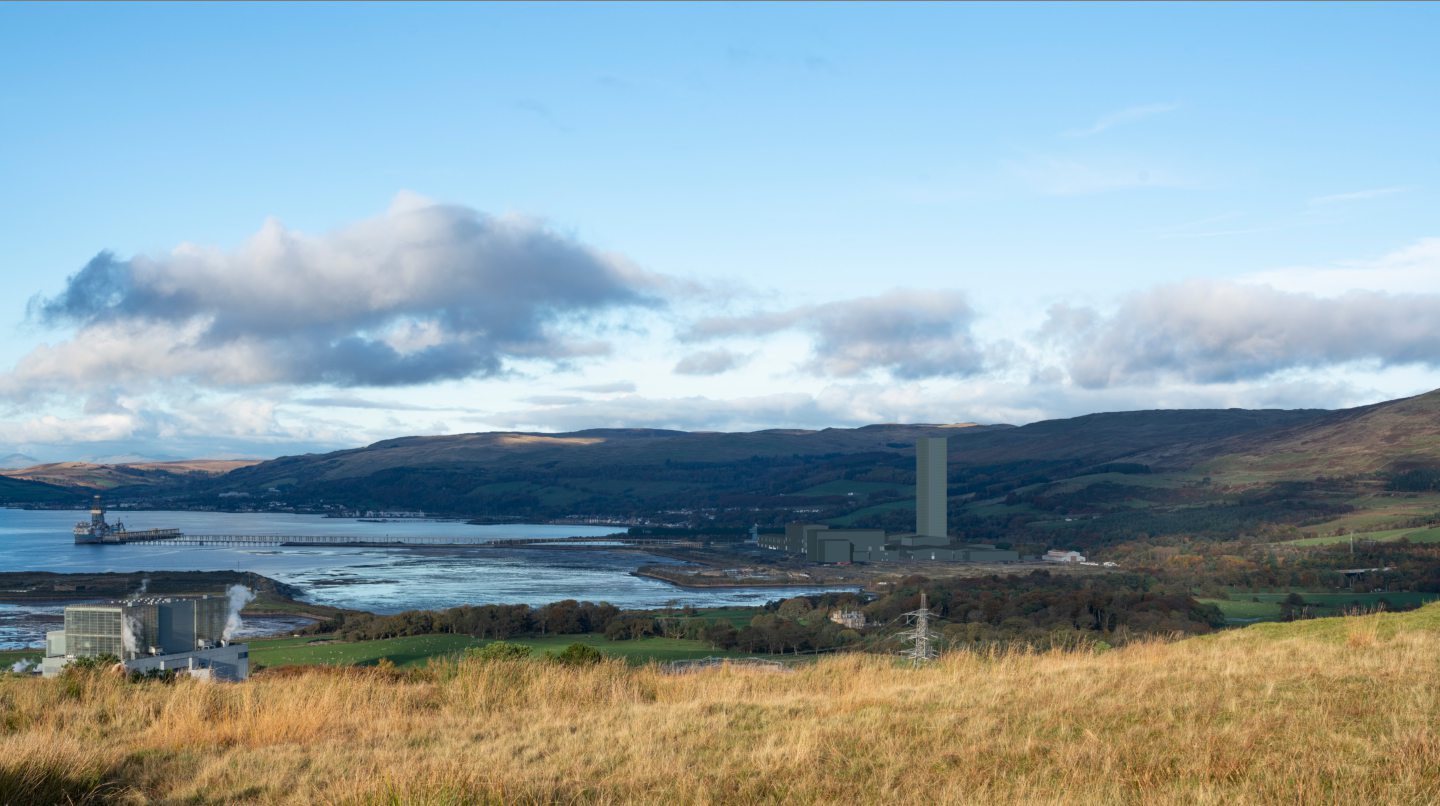 © Supplied by XLCC
© Supplied by XLCC